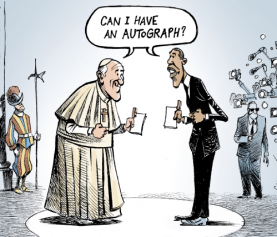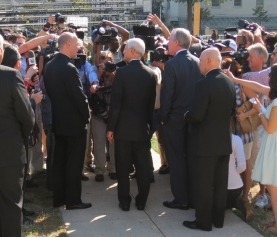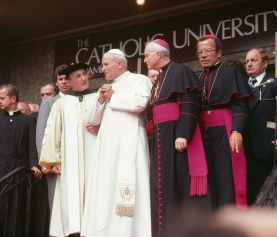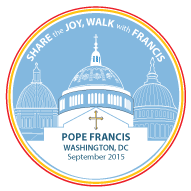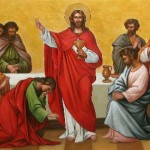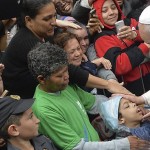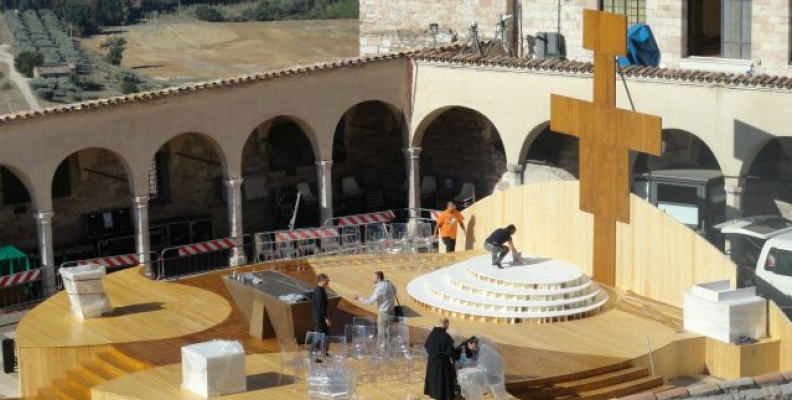
John Garvey: Practical Preparations for Papal Visit Take on New Meaning
When Pope John Paul II visited The Catholic University of America in 1979 to deliver a lecture on Catholic higher education the students chanted, “We love you, John Paul II! We love you!” And Pope John Paul responded: “John Paul II, he loves you!” When Benedict XVI visited the University in April 2008, thousands of our students gathered on the University lawn to sing the Regina Caeli to the Holy Father as he left campus.
These are the Kodak Moments of the papal visits (today, I suppose they would be Instagrammed). As we prepare to welcome Pope Francis to campus on September 23, these are the sorts of moments we imagine and look forward to.
But there are also many practical preparations that are inevitable parts of such an event. The Facilities Maintenance and Operations staff at the University are busy preparing the grounds for the papal visit. Folding chairs must be rented. Audio and video systems will have to be set up for recording and broadcasting the papal Mass. These sorts of preparations are less exciting than the actual visit. Such practical matters can seem like distractions from more spiritual things. And they can be. It reminds me of the story of Martha and Mary in the Gospel of Luke. Martha is so busy preparing things and serving Jesus that she misses out on his visit, while her sister Mary sits at the Lord’s feet.
But there is another story in the gospels that also comes to my mind as we prepare our campus to welcome Pope Francis. Before he celebrated the Last Supper, Jesus sent his disciples to make arrangements for securing the upper room to celebrate the Passover. They went into the city, they scouted out the space, and they made a reservation. These utterly practical matters were part of the preparation for the institution of the Eucharist.
Christ established a visible Church, a Church that has faces and takes up space and occasionally sits in folding chairs. And as the Second Vatican Council observed in Lumen Gentium, the dogmatic constitution on the Church, the visible and spiritual elements of the Church are not two separate realities, “They form one complex reality which coalesces from a divine and a human element.” One of the most remarkable things about our faith is that we believe that God works through these human elements to accomplish his plan for the world.
Seen in this light, the practical preparations for Pope Francis’s visit seem anything but mundane.
— John Garvey is President of The Catholic University of America.


